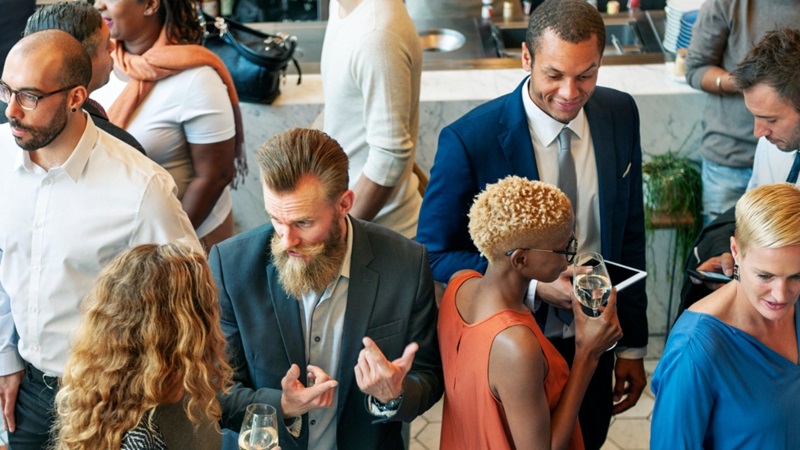Top Tips for Planning and Organizing a Great Conference or Event

Have you ever tried to organize an event that’s bigger than a surprise birthday party for your friend? Then you know how many things you need to keep in mind. From the surge of excitement as attendees discover new ideas to the buzz of networking opportunities, every aspect must be orchestrated with precision.
Let’s take a look at how you can transform a boring, run of the mill gathering into an exciting event that participants will remember for a long time.
Start with a clear objective
Before getting into logistics, first define your objective clearly. What’s the primary purpose of your event? Building a more successful business, education, brand exposure, or something else entirely? This initial clarity will guide your choices—from the overarching theme to the speakers, and from the promotional strategies to the attendee experience.
Think about what success looks like for your event. Is it the number of leads generated, the quality of professional connections made, or the educational value provided? By defining these goals early, you ensure that every element of your conference is aligned and purpose-driven, paving the way for a focused and successful gathering.
Choose the right venue
Choosing the ideal location for your corporate event can have a big impact on how attendees feel about it and how successful it is. Finding a location that fits the goal of your event is more important than just making sure it can hold everyone. Think about the venue’s accessibility: how simple is it for attendees to get there? Is parking plenty and is public transportation nearby?
Next, assess the venue’s technology capabilities. Does it have the necessary infrastructure to handle cutting-edge audio-visual equipment for branding your event, dependable Wi-Fi for internet-heavy workshops, or high-tech presentations? These are necessary for a seamless, continuous encounter.
Another important factor is the venue’s atmosphere. Does the room reflect the tenor and vigor of your message? The setting, whether it be a chic, informal get-together spot or an elegant conference hall, determines the tone of the event.
Don’t skimp on the visuals – hire a pro
Next item on your essentials checklist is hiring professional photographers. We strongly advise against trying to DIY your event. You’ll need a small team of experienced, professional photographers to capture the essence of your conference.
From snapping high-energy shots of speakers in action to candid moments of networking, an experienced conference photographer will document the dynamic atmosphere and key interactions that static images from attendees’ phones simply can’t match.
The visuals they provide are invaluable for marketing your next event, enriching social media feeds, and creating detailed post-event reports. Investing in a professional ensures that you have high-quality, engaging images that reflect the professionalism and vibrancy of your event.
Engage through interactive sessions
The traditional format of consecutive lectures is no longer enough to hold the attention of an audience accustomed to interactivity and multimedia experiences. Modern events thrive when they incorporate engaging elements such as workshops, panel discussions, and breakout sessions that demand active participation.
To enhance this interactive environment, consider integrating advanced technology such as live polling systems, audience response apps, or even VR experiences that allow real-time engagement and feedback. These tools not only keep the energy levels high but also encourage a sense of community and collective learning among the participants.
Additionally, foster environments where participants can contribute to the discussion, perhaps through structured ‘idea marathons’ or solution-building sessions tailored to the event’s themes.
Follow up effectively
The event’s conclusion is not the end of your engagement with attendees; rather, it marks the beginning of a crucial phase—the follow-up. This stage is vital for capitalizing on the connections made and the content shared throughout the event.
Initiate your follow-up with personalized thank-you notes or emails that not only express your appreciation but also recap the key highlights and takeaways, which makes attendees feel valued and reminds them of the event’s success.
Furthermore, continue to engage your audience by distributing valuable resources such as session recordings, presentation slides, or even a curated post-event report. This not only keeps the information fresh and top of mind but also serves as a resource they can return to and share with others.
As the final session closes and the last guest departs, your event’s influence is just beginning to take root. Plan each element of the event, from choosing the perfect venue to ensuring impactful follow-up, and you’ll set the stage for an amazingly successful conference or event. Remember, the true magic of a great corporate event lies in the experiences it creates and the doors it opens for everyone involved.